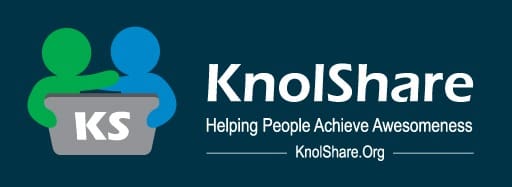Managing the Invisible Knowns / Unknowns of Scaling Agile in the Enterprise – Part I
Managing the Invisible Knowns / Unknowns of Scaling Agile in the Enterprise – Part I
Written by: Dr. Dave Cornelius
Scaling a business is a phenomenon that happens when there is organic or pursued growth by an organization or individual. Organizations will expand and contract based on competition and market dynamics. This is a natural desire that organizational leaders and owners act upon to support expansion and increased revenue. As an enterprise coach, you may be tasked with introducing a scaling agile practice that delivers iterative value and enables enterprise strategic alignment. If you were wondering how many people are suitable for a scaling agile practice, the Scaled Agile Framework (SAFe) defined 50 to 125 people working as a cross-functional team.
Some enterprise agile coaches may want to start with a self-assessment to discover if the organization is capable of participating in a scaling agile practice. I have found that the invisible knowns or unknowns are completely ignored and people resist this enterprise change because they are not heard or seen. It is not to say that a self-assessment survey instrument cannot be used, but based on my experience, it should not be the first thing that is done to understand the impact to people. Begin by taking the pulse of the people that will be affected by the enterprise change when introducing a scaling agile practice. Place less emphasis on the implementation of the scaling agile practice and more focus on the people in the path of change.
Enterprise change is complex. It is like going hiking in a multi-modal terrain space with various wildlife and weather systems. There is a need to probe, sense, and then act. Otherwise, you are acting without enough information.
Generative Patterns
I recommend two generative patterns that can be helpful to learn more about the people on the road of change. The generative patterns are 1) collaborating to understand pains and gains, and 2) probing to capture objective, measures, and value. These activities capture the voice of the customer in their own words, which may increase buy-in into the scaling agile practice change initiative.
The pains and gains activity asks each member to list the impediments (pains) that are blocking success of becoming a high performing team and dream of the desired outcomes (gains) to be pursued. Figure 1 illustrates the use of the pains and gains activity.
First, capture the pain points, each including a pain point level from 1 through 10 (i.e. 1 = “low - I can deal with it”, 5 = “medium - ow ow ow ow ow”, and 10 = “high - make me want to faint”). Second, capture the gain points, with each gain including a gain point level from 1 through 10 (i.e. 1 = “low - just want to be better”, 5 = “medium - I want to be comfortable “, 10 = “high - want to be a millionaire”).

We begin probing the pains and gain responses by using Human Systems Dynamics (HSD) adaptive action questions to learn more. The adaptive action inquiries include, 1) What (patterns noticed now; patterns you want now), 2) So What (do these patterns mean to our collective work?), and 3) Now What (are you / we going to do?). By probing with these adaptive action questions, we can sense what is going on in the system and the discovery may lead to wise actions that are beneficial to the people in the change path. Using an example from Figure 1, the “initial drag on delivery” pain point with a pain point level of 8 is the “What”; we can probe further and ask “So What” is the meaning, then “Now What”, what can be done to create generative actions.
Invisible Knowns / Unknowns
Recently, I ran a workshop to learn more about the invisible knowns / unknowns that can be challenges in implementing a scaling agile practice change initiative. Figure 2 describes a few discovered invisible knowns / unknowns human emotions that people may have. Over time ( three to six to nine months), we could potentially expect to uncover more and co-create a plan to support the people in the enterprise change.

Conclusion
Focus on the needs of the people in the path of the scaling agile practice change initiative. If we put people first and listen to the pains and gains, the opportunity for success improves.
The experiences described in this document is Part I of a two-part conversation. Part II will describe how to use the Agile Fluency Model activity of Objectives, Measures, and Values (OMV).
Ready Part II Objectives, Measures, and Values (OMV)
Read part II of this topic to learn how we used Objectives, Measures, and Values (OMV) to support scaling Agile in the enterprise.
